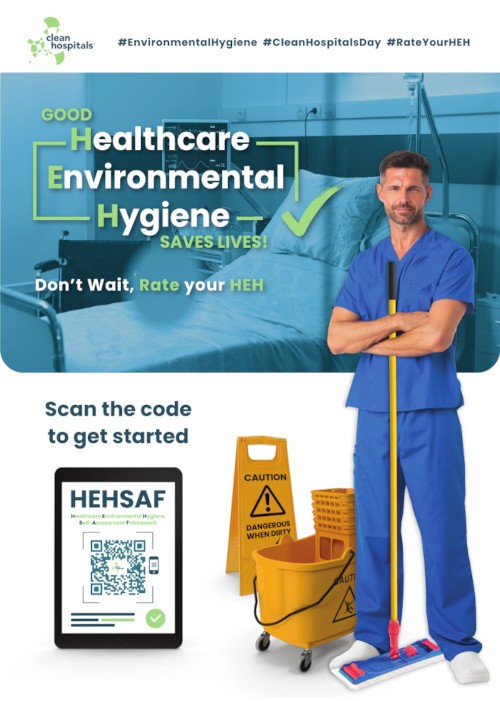Antimicrobial Resistance & Infection control invites participating authors to submit to our Collection on 'Clean Hospitals: Healthcare Environmental Hygiene and Patient Safety.'
Although the healthcare environment tends to be one of the most understudied and underfunded areas in infection prevention and control, there is a rapidly growing body of evidence that demonstrates that a well-maintained patient environment is important for preventing healthcare-associated infections. These infections are a struggle for every healthcare facility in the world and are responsible for killing more people each year than malaria, AIDS, and tuberculosis combined.
The scope of healthcare environmental hygiene (HEH) includes surface cleaning and disinfection, air control, water control, sterilization and device reprocessing, waste management and laundry. Improvements in HEH improve patient safety by lowering rates of healthcare-associated infections, reducing antimicrobial resistance, and protecting healthcare staff, communities and the larger natural environment.
Though sometimes difficult to measure, few types of interventions have as significant of a cost-saving effect as those that prevent infections. Healthcare facilities must be provided the tools to be able to assess the value of investing in HEH programs and staff, and have the necessary knowledge and resources to implement best practices in environmental hygiene.
Image credit: © Clean Hospitals
